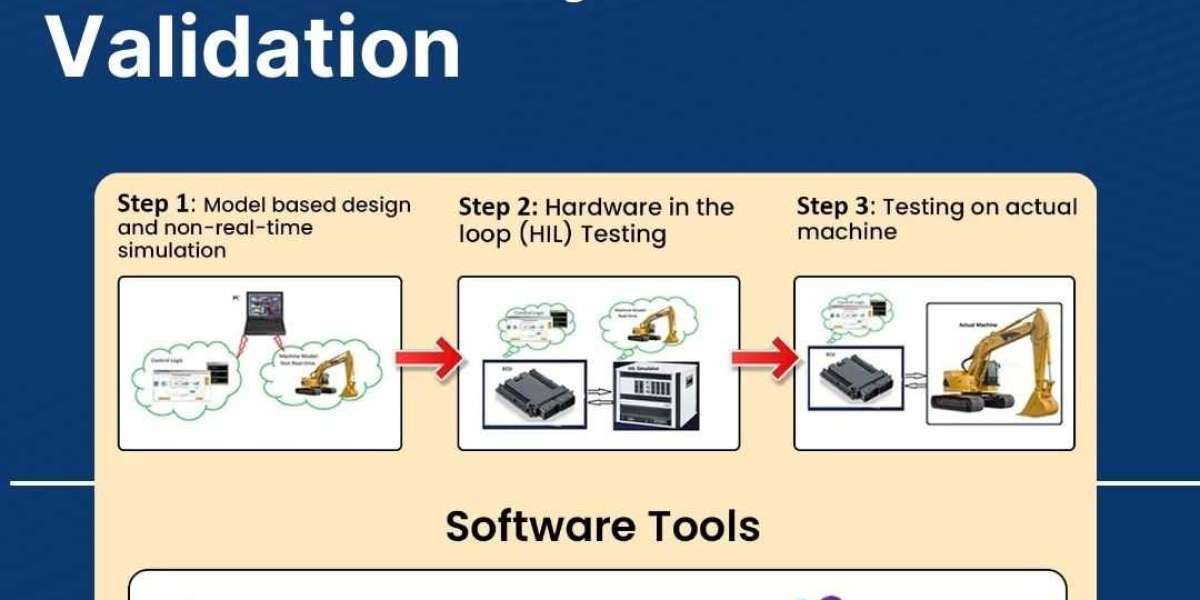Search
Popular Posts
-
The Impact of Turkish Series on Global Audiences
-
Empower Your Fleet Efficiency with Fleettrack's Top-Notch GPS Vehicle Tracking System
By fleettrackin -
Где возможно будет быстро приобрести диплом? Обзор
By sonnick84 -
Как можно быстро заказать диплом в интернет магазине
By sonnick84 -
AussieBasket's Elegance: Elevate Your Greens with Supreme Avocado Salad Dressing

